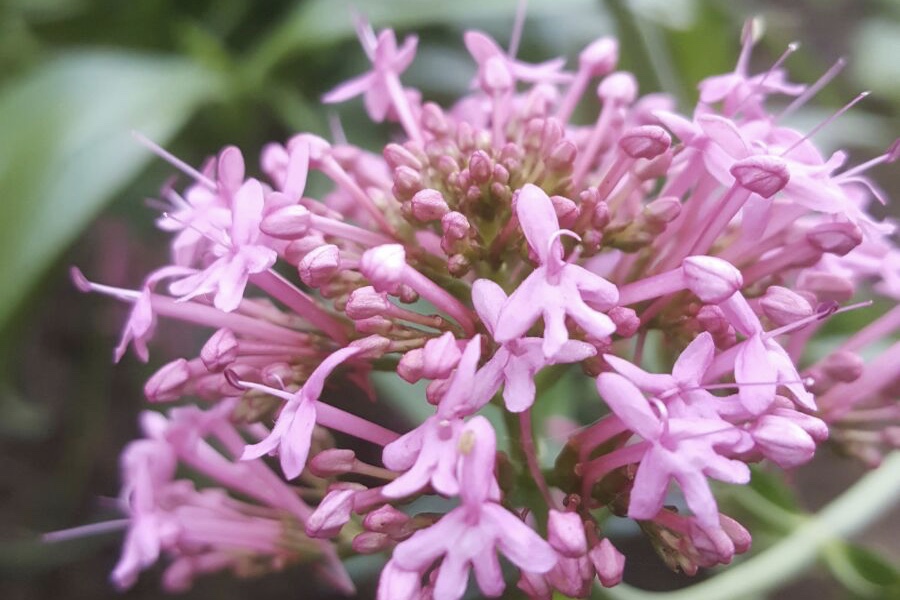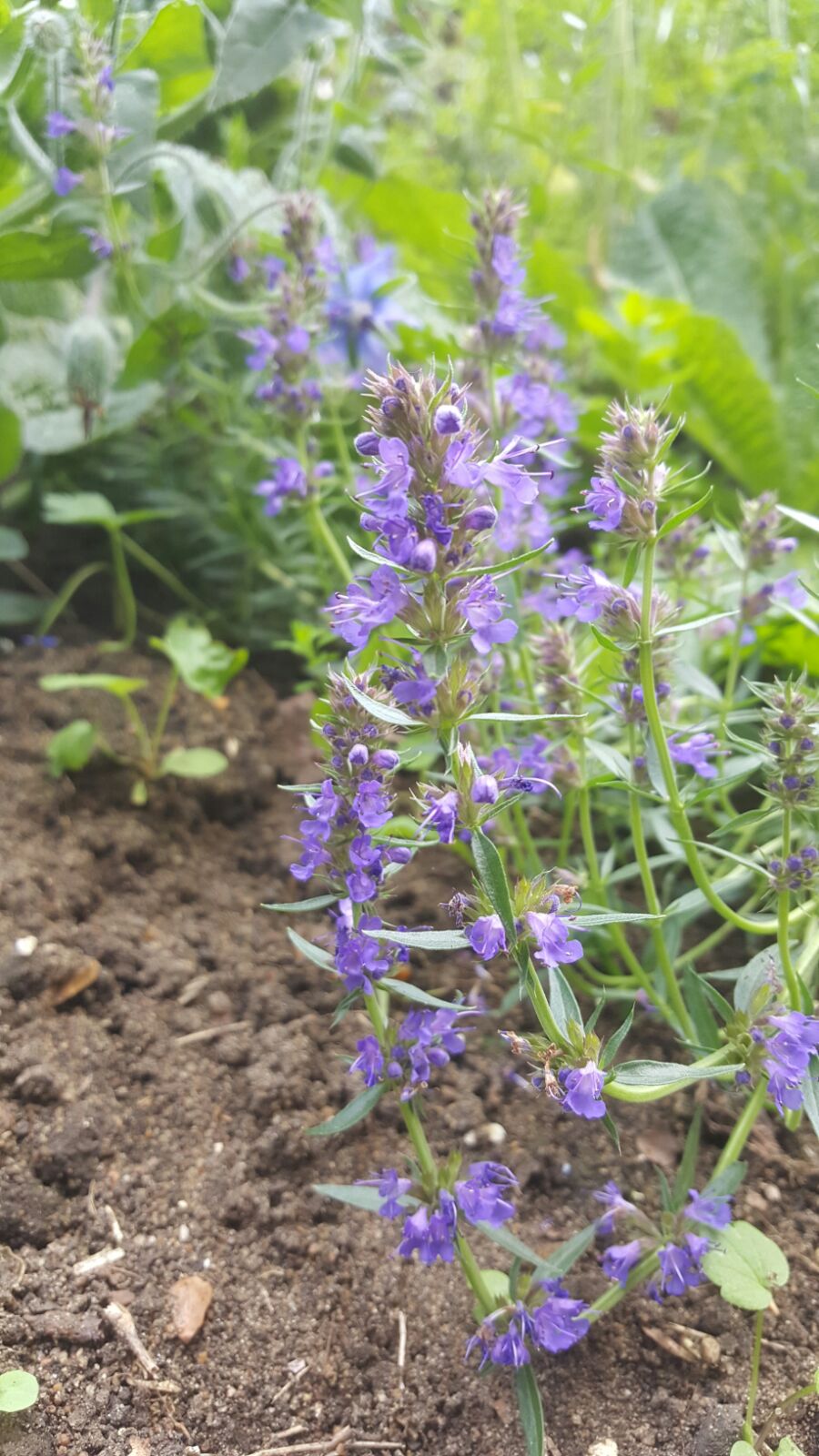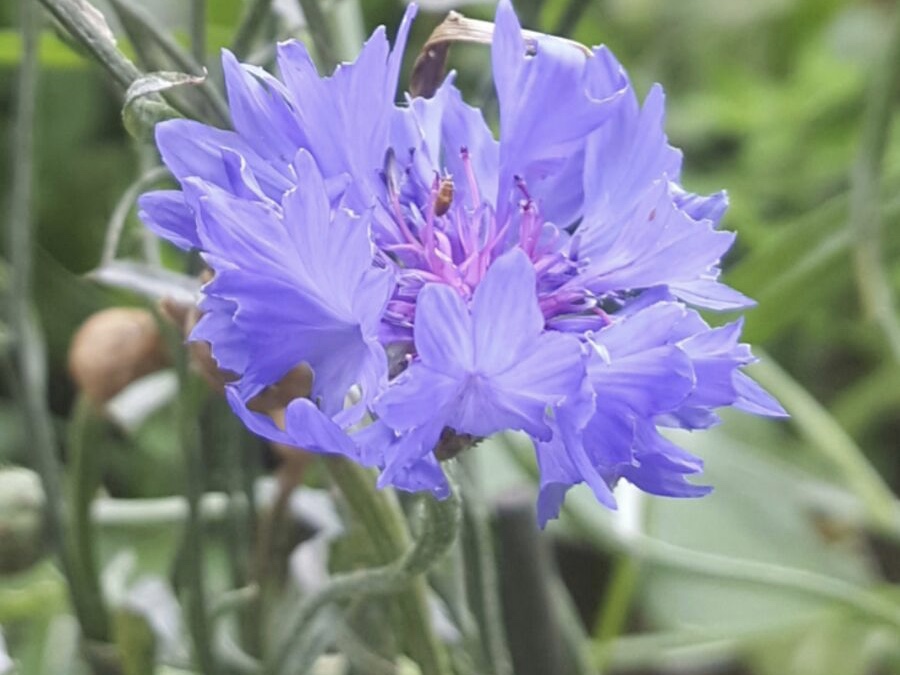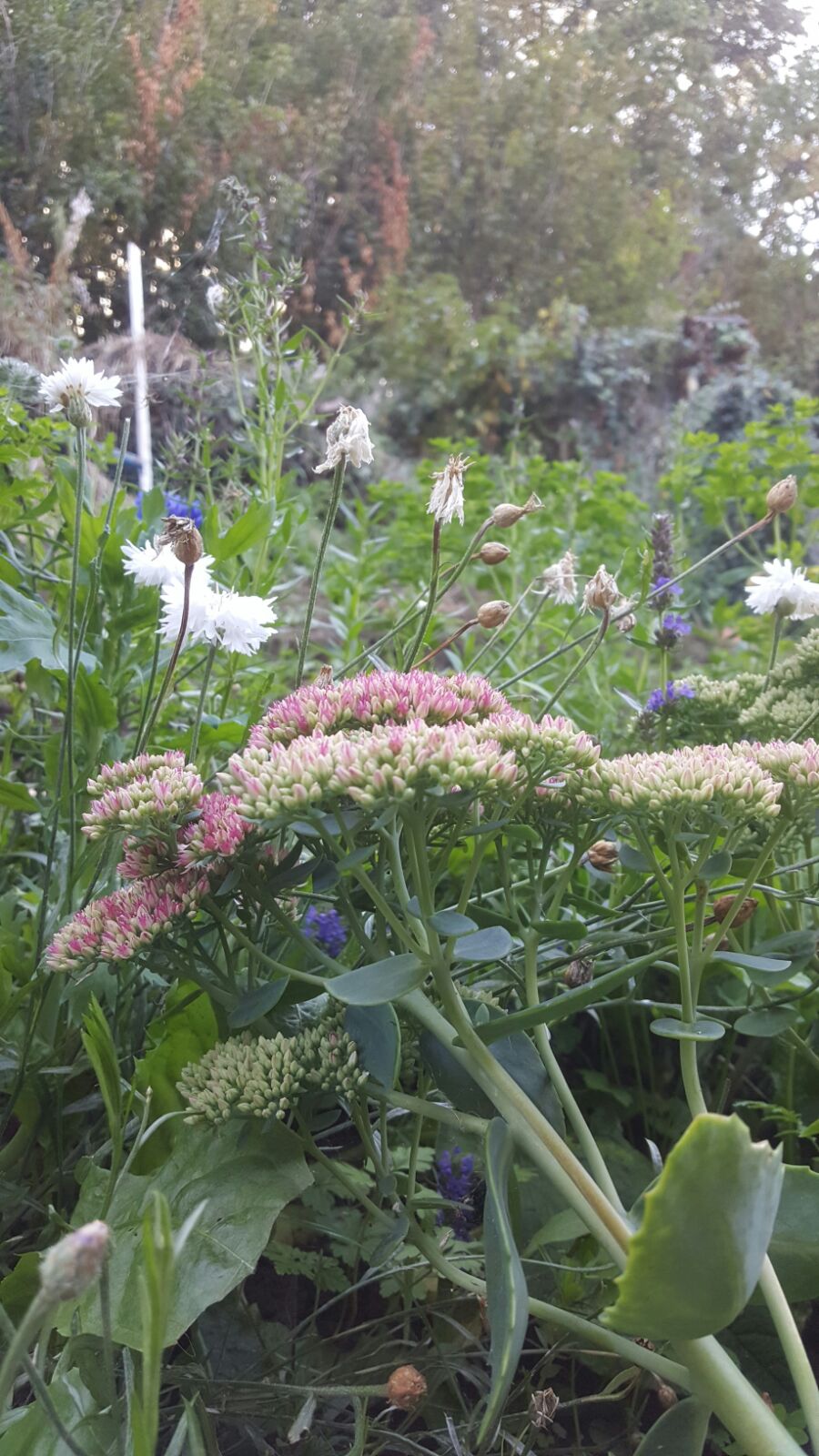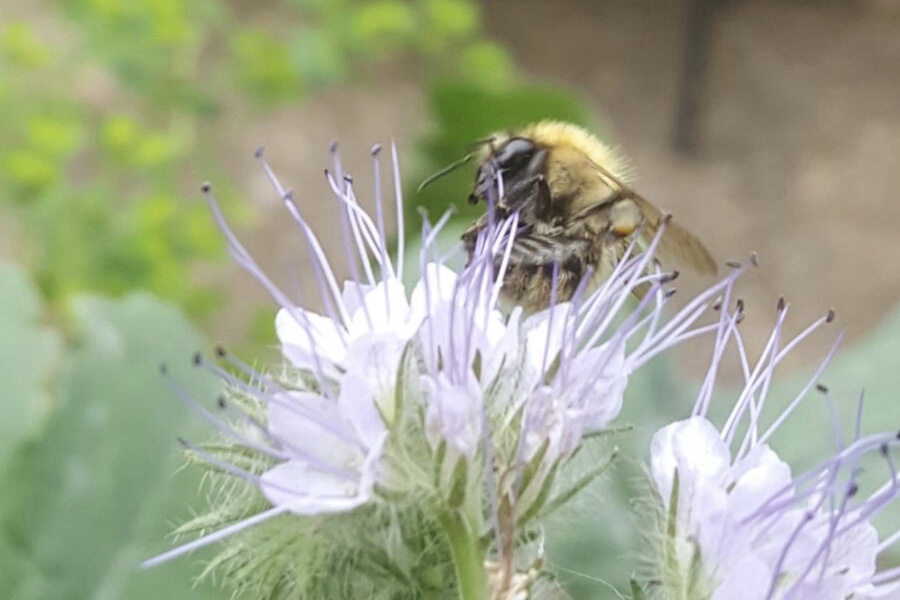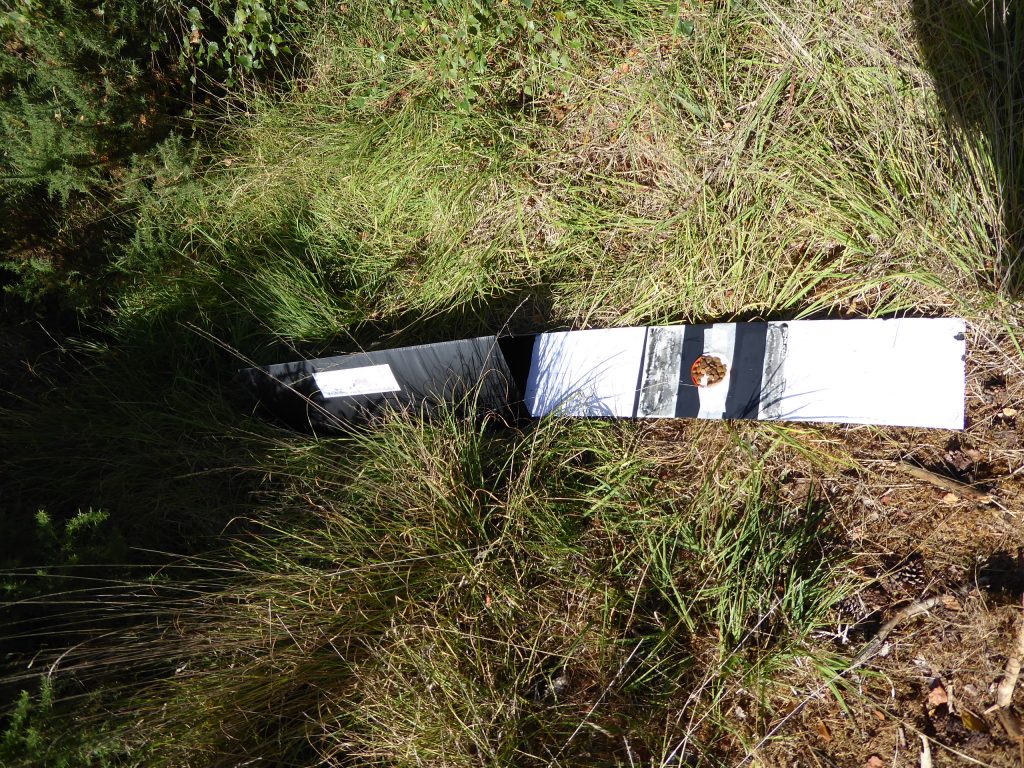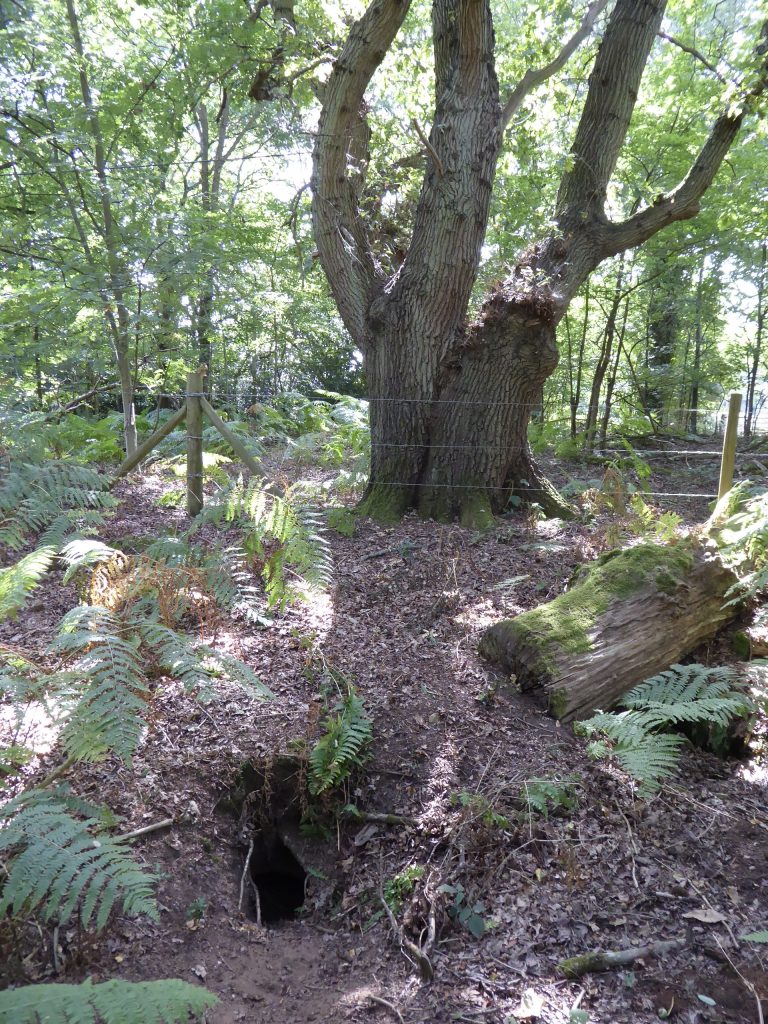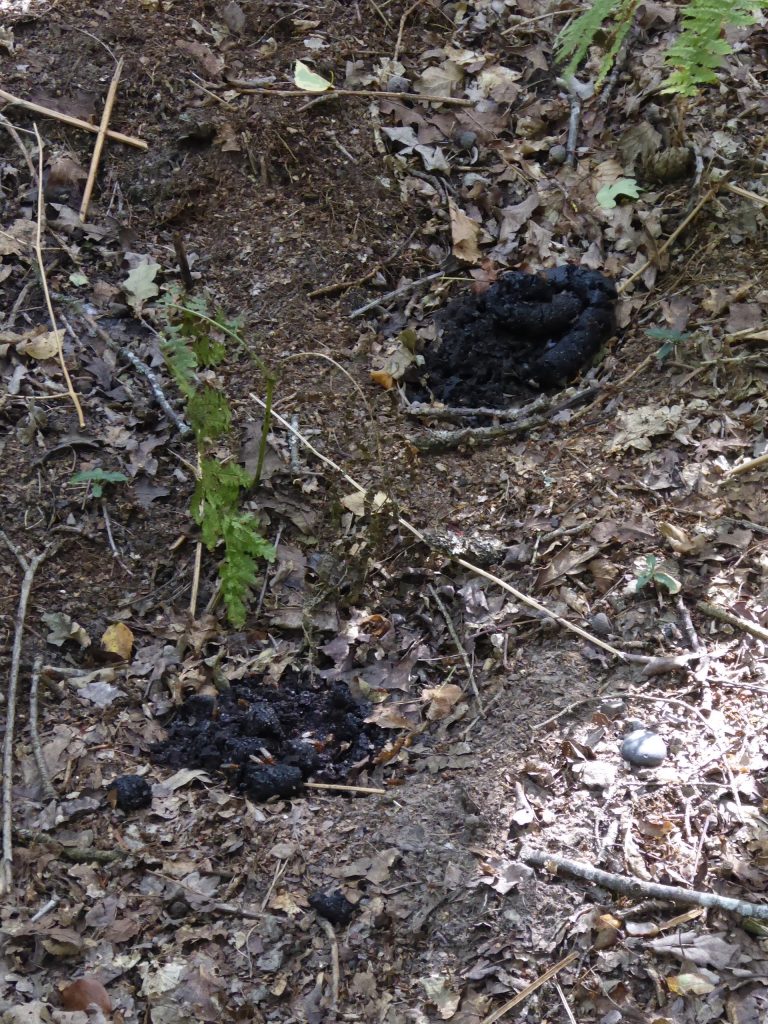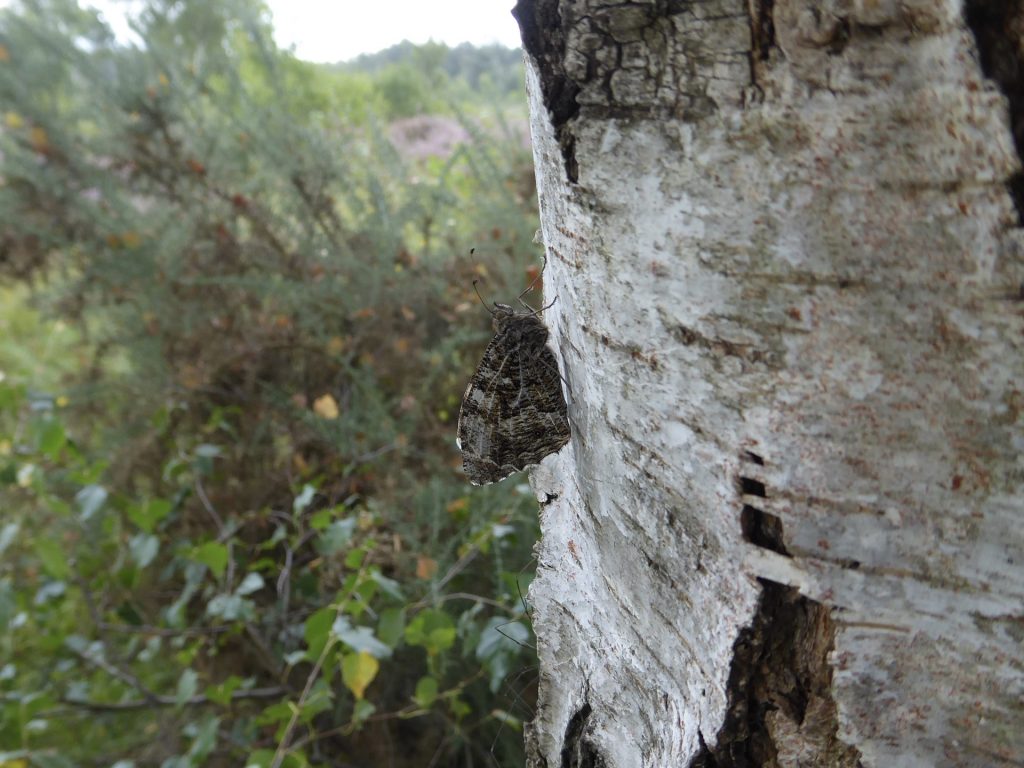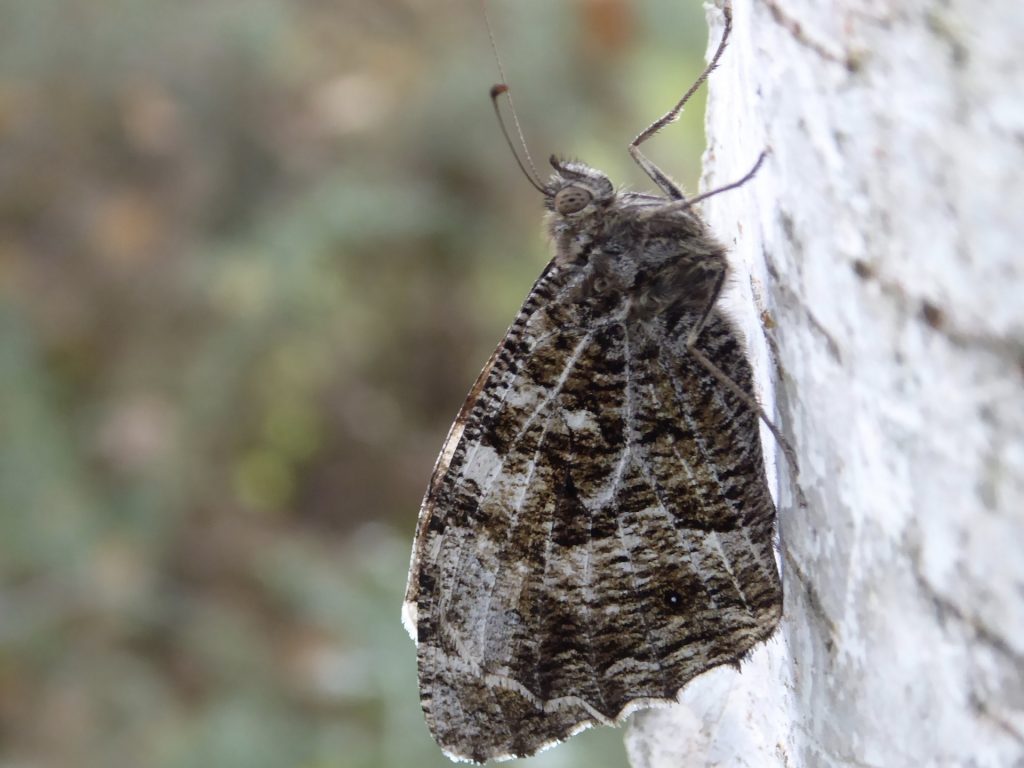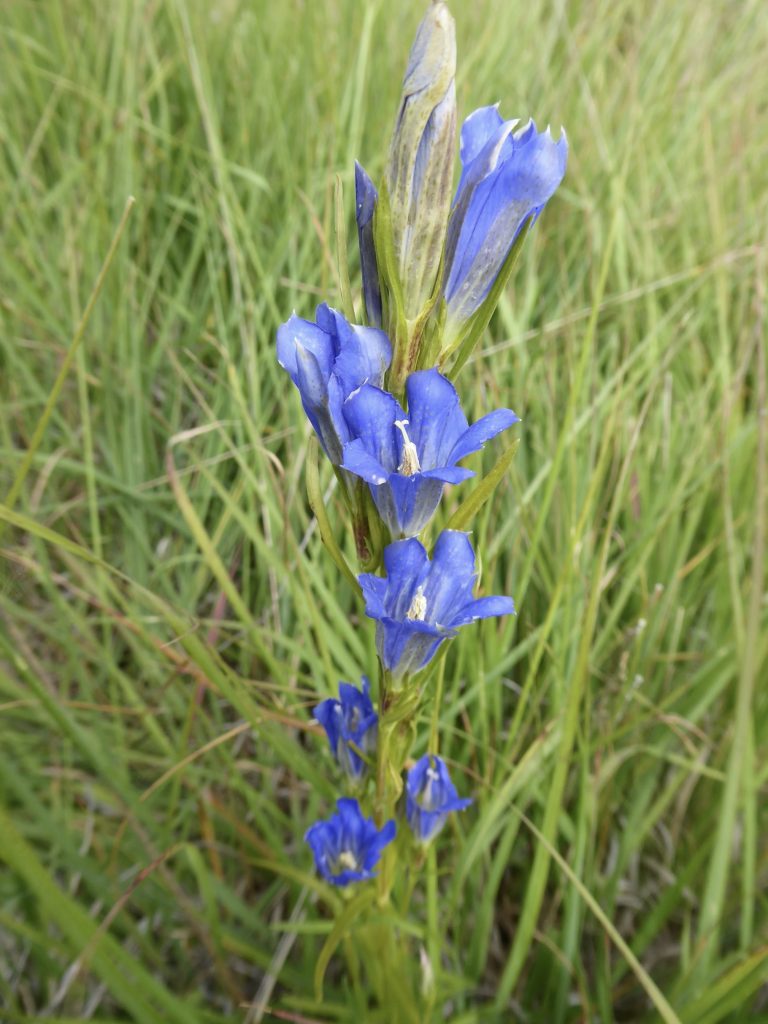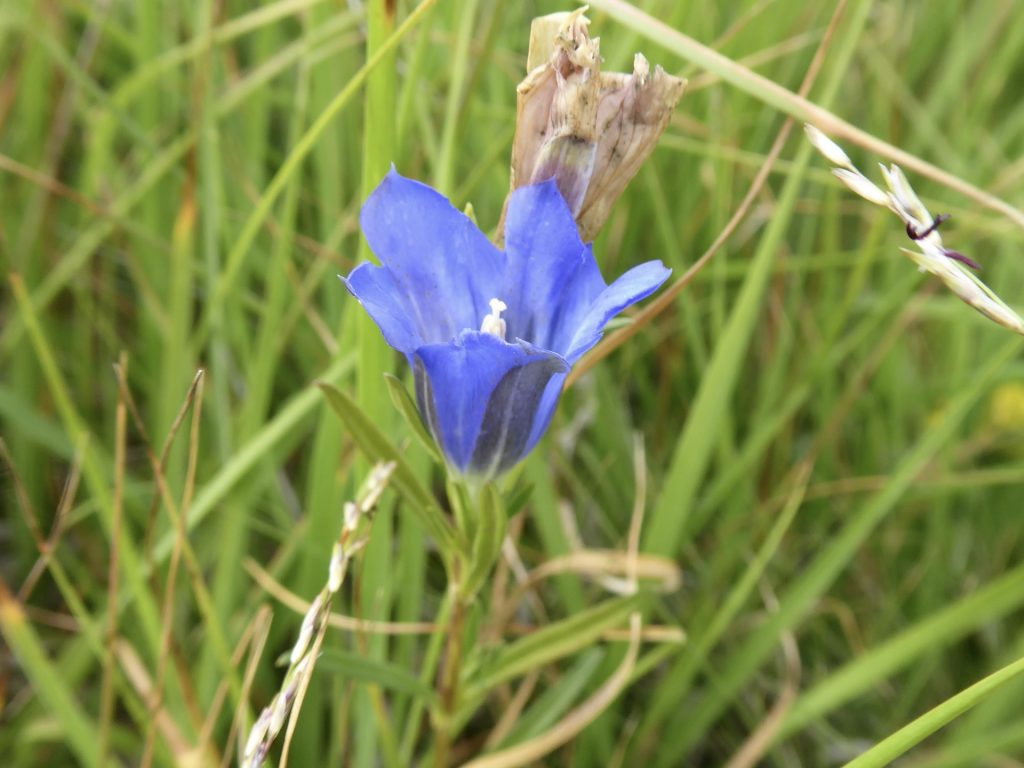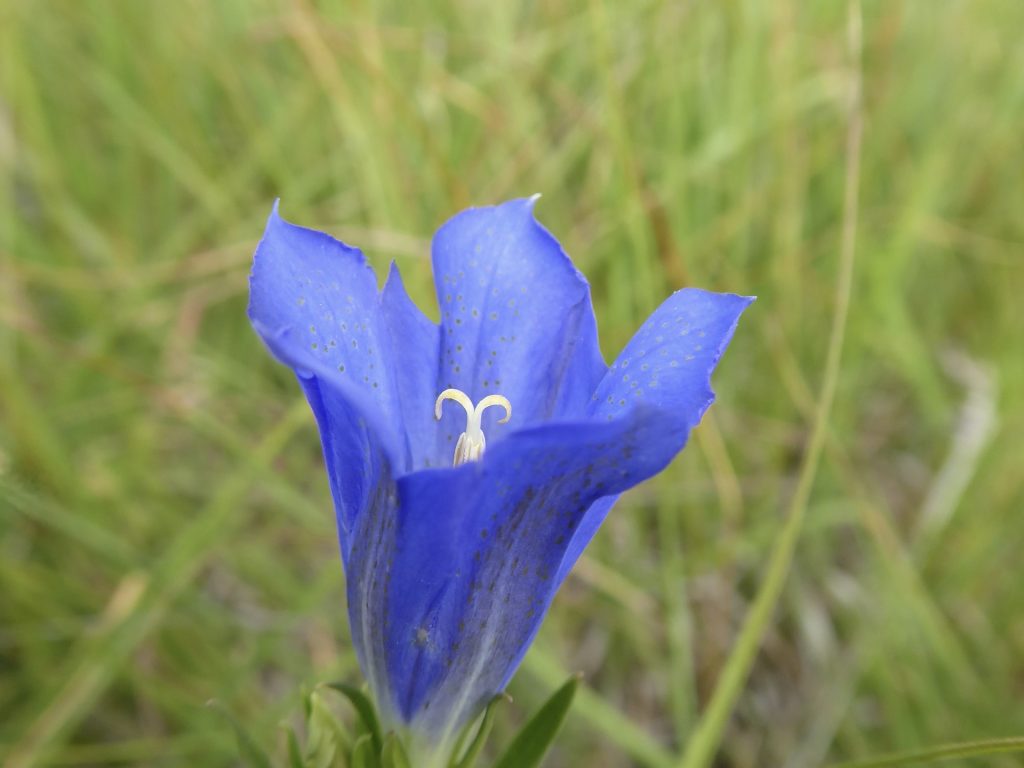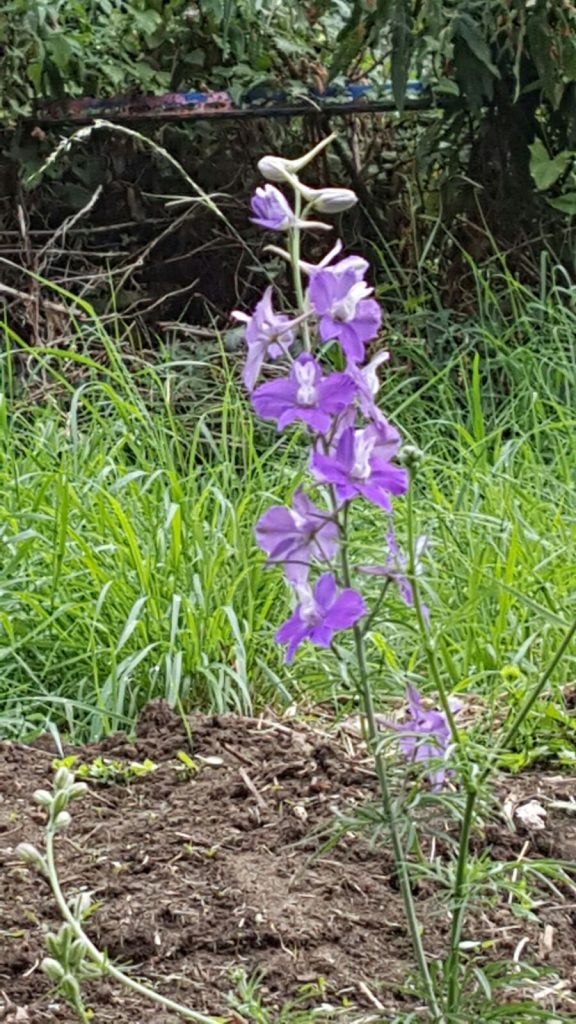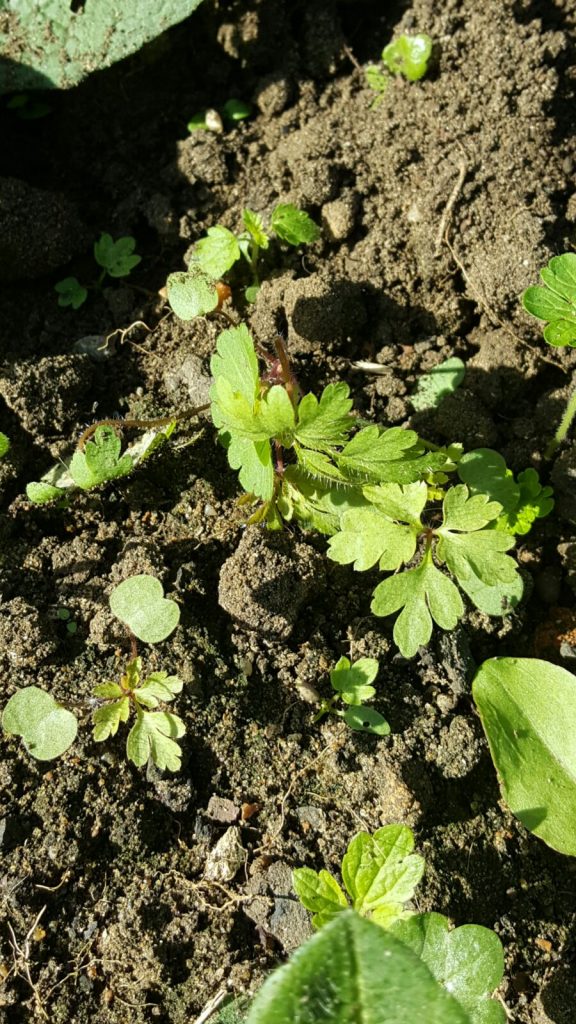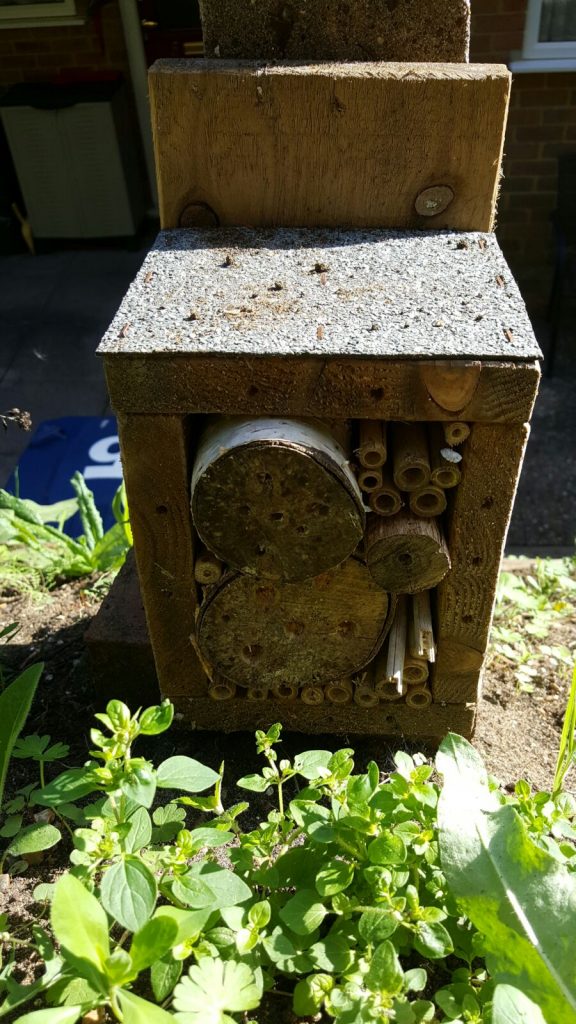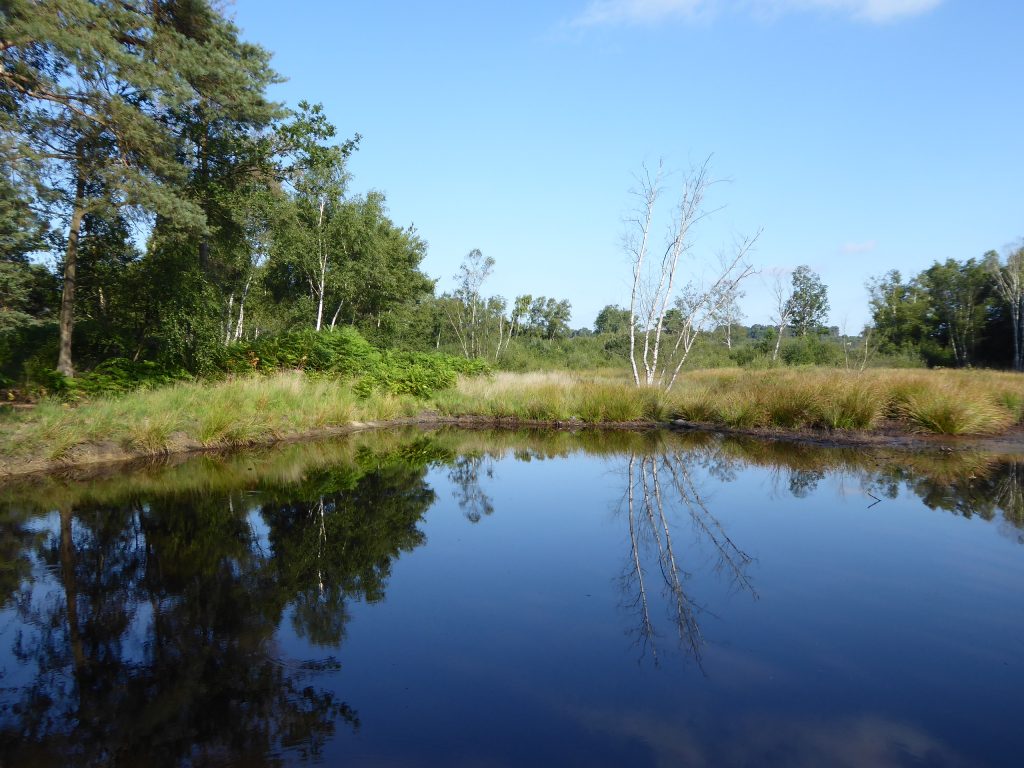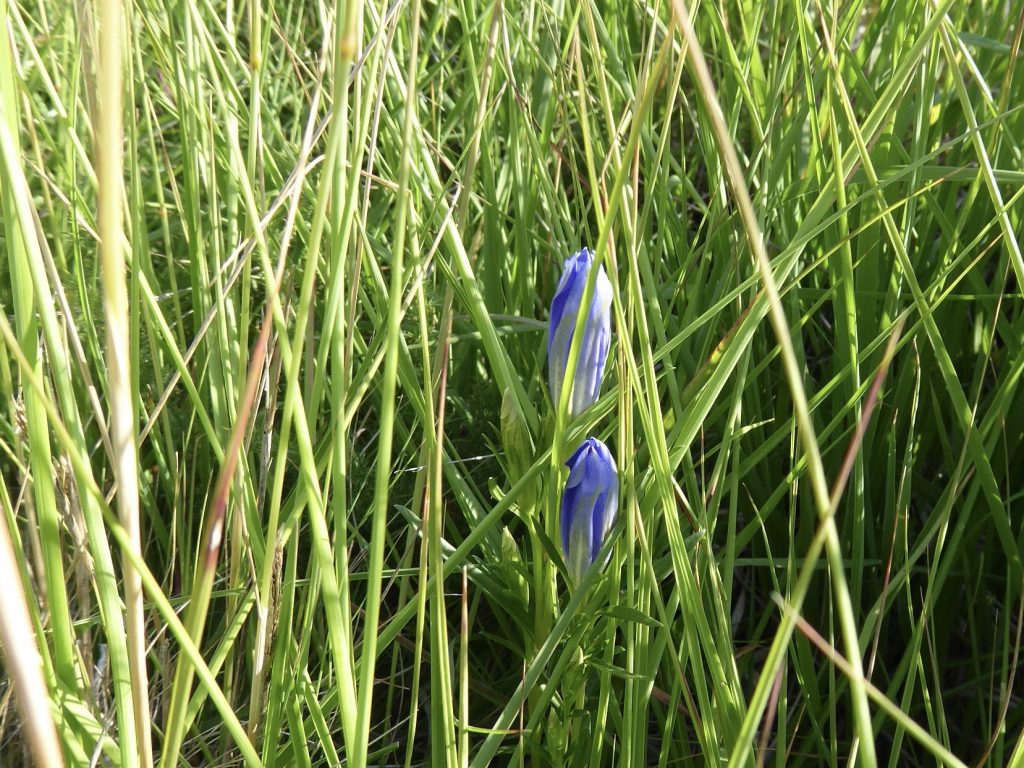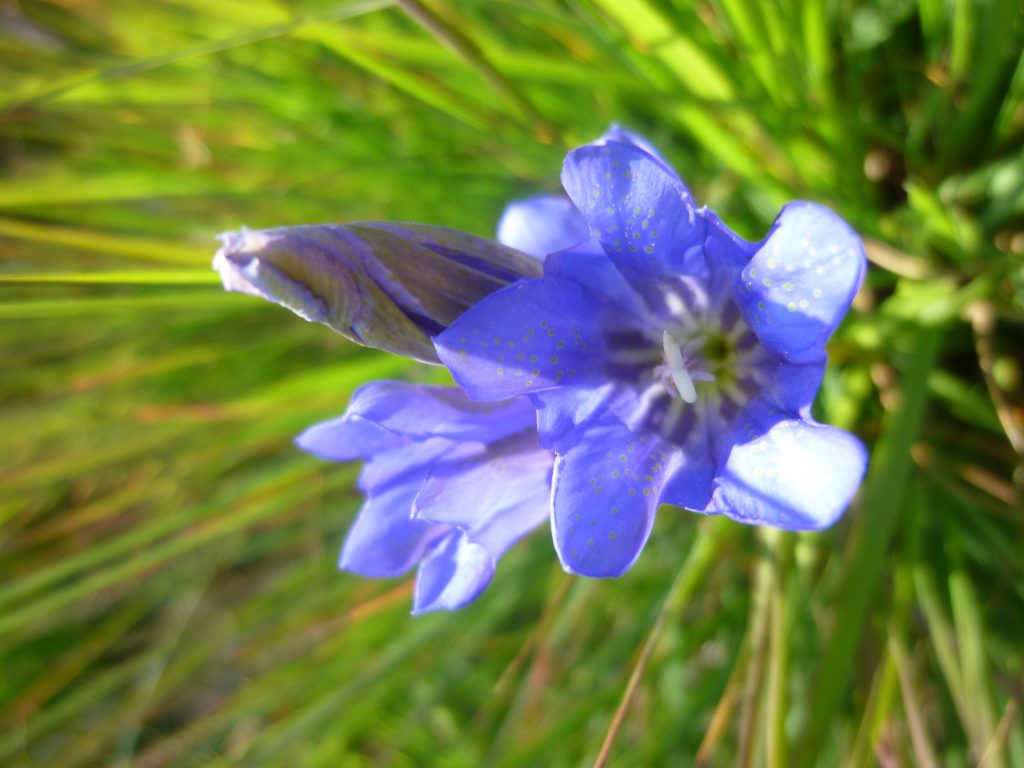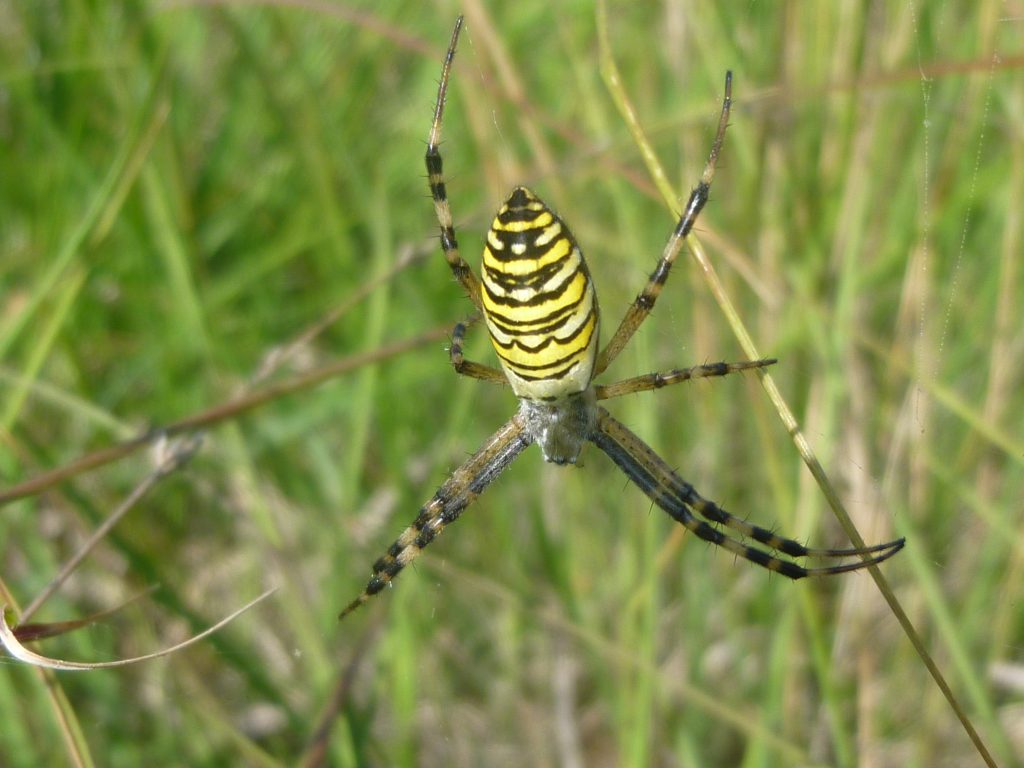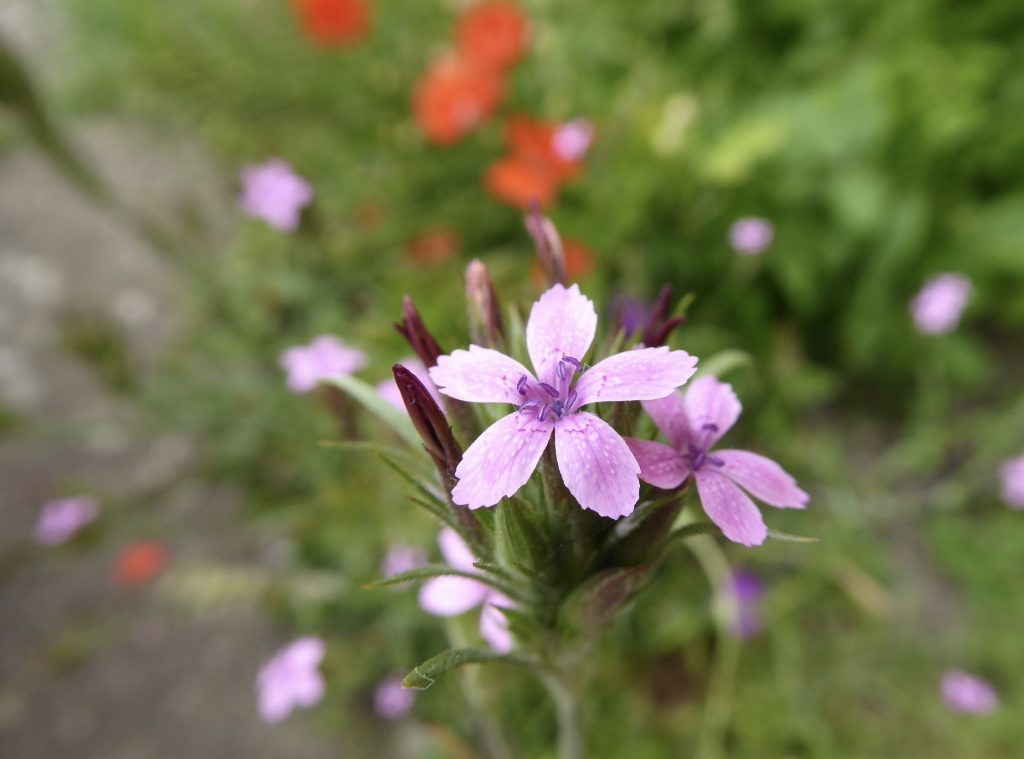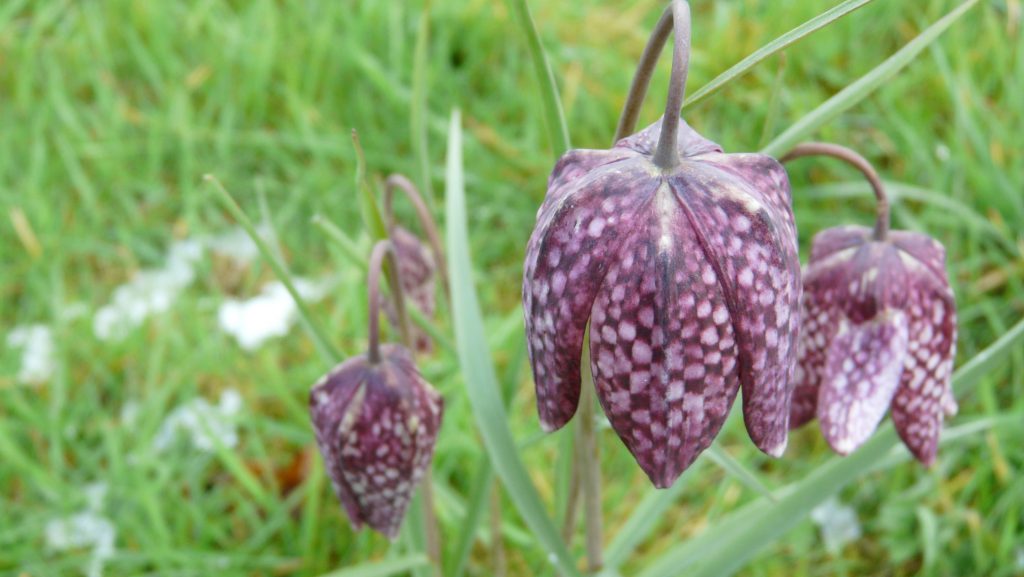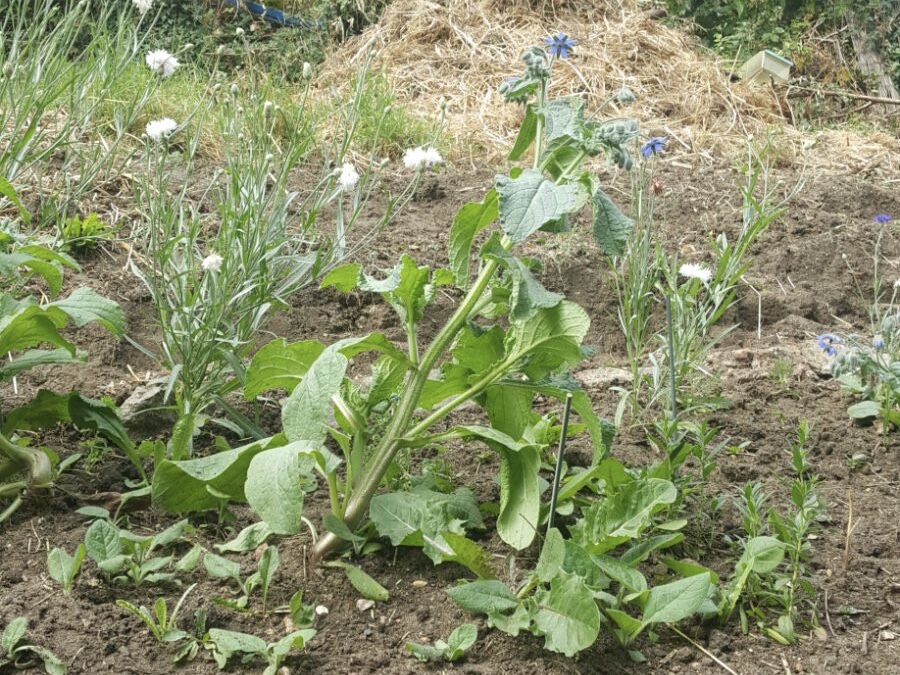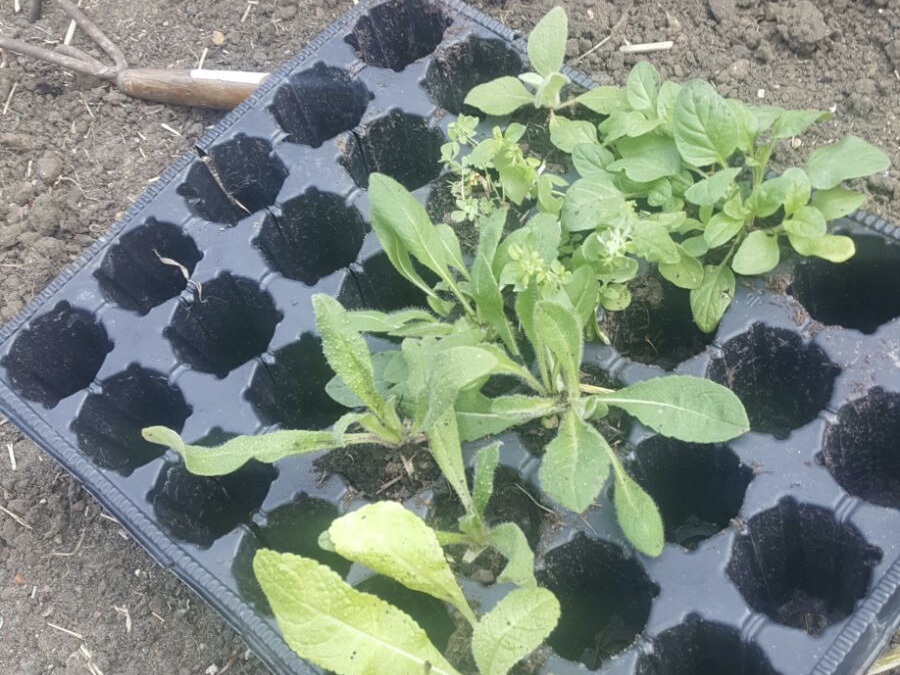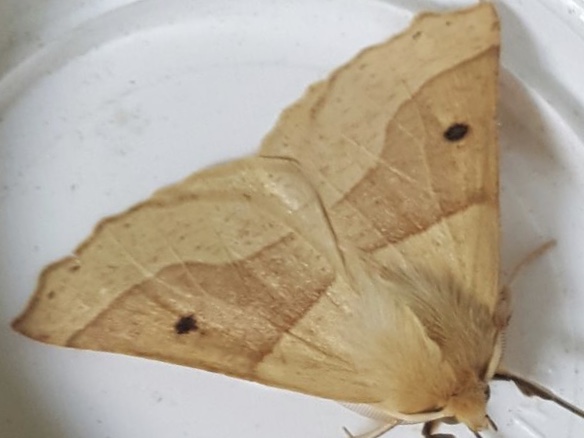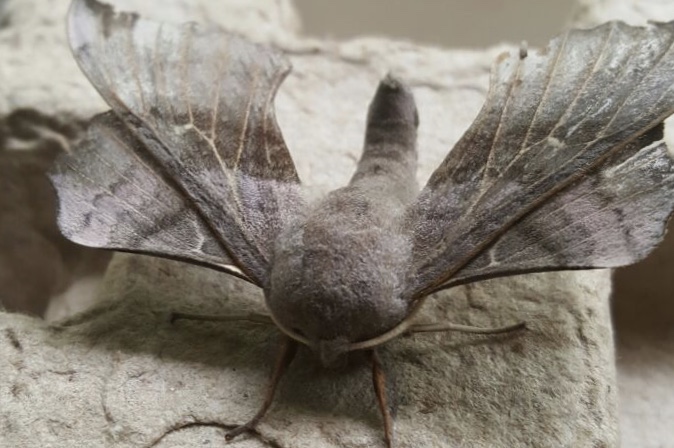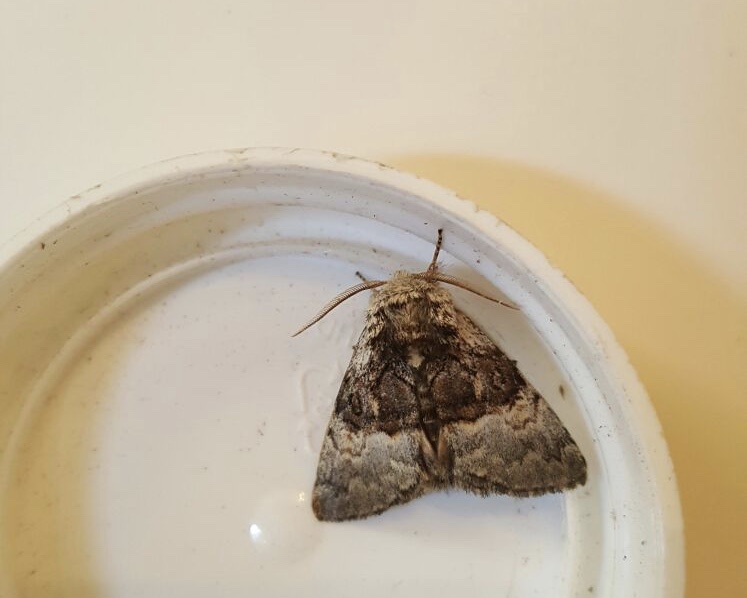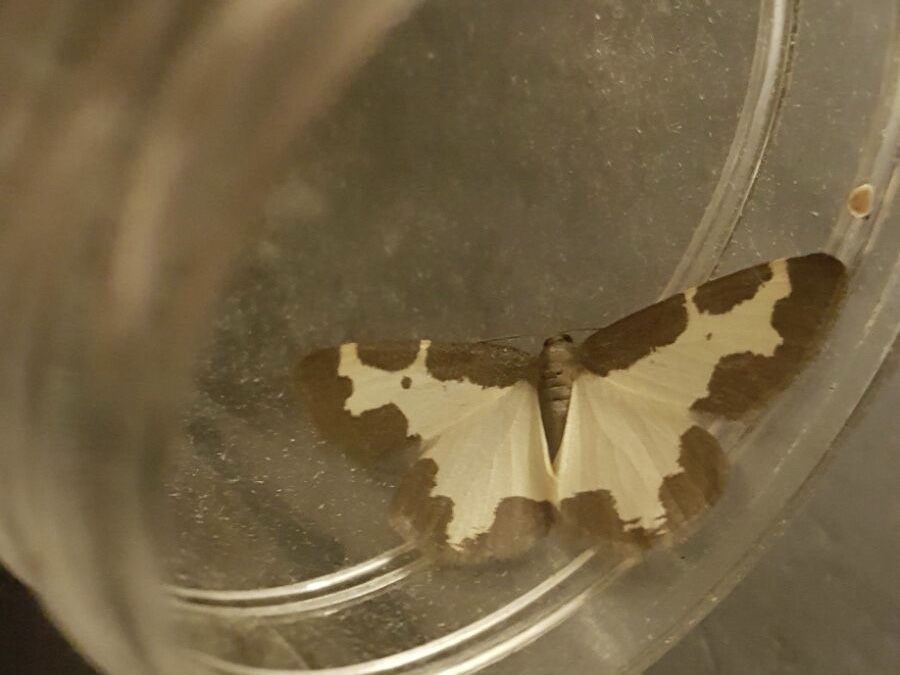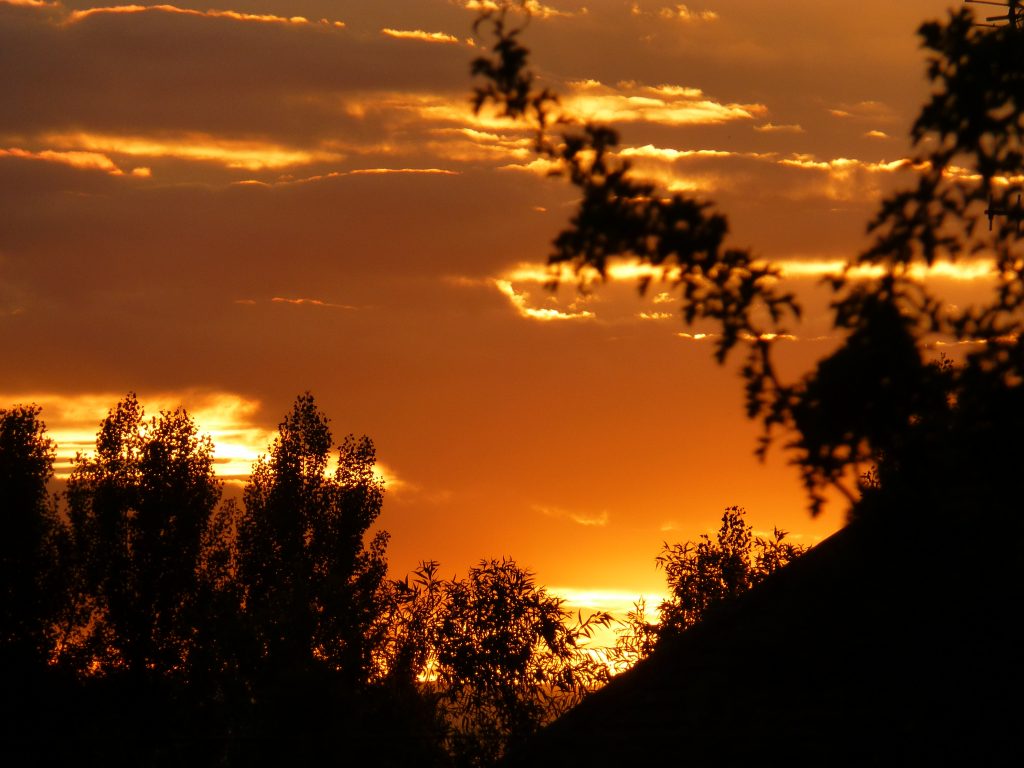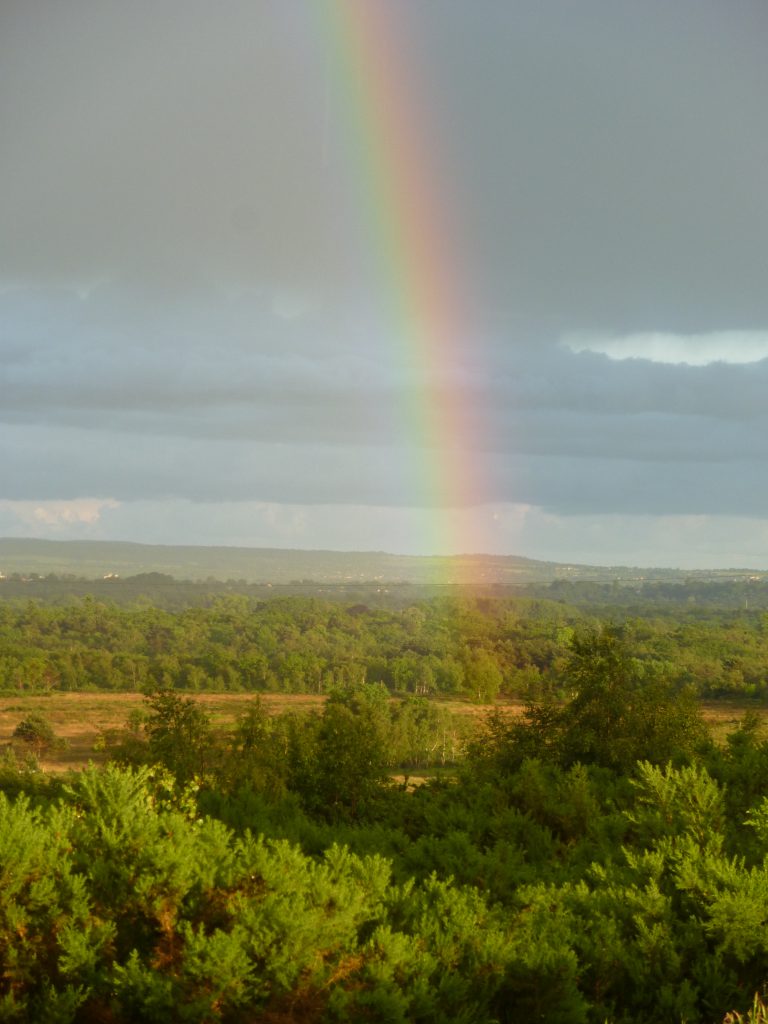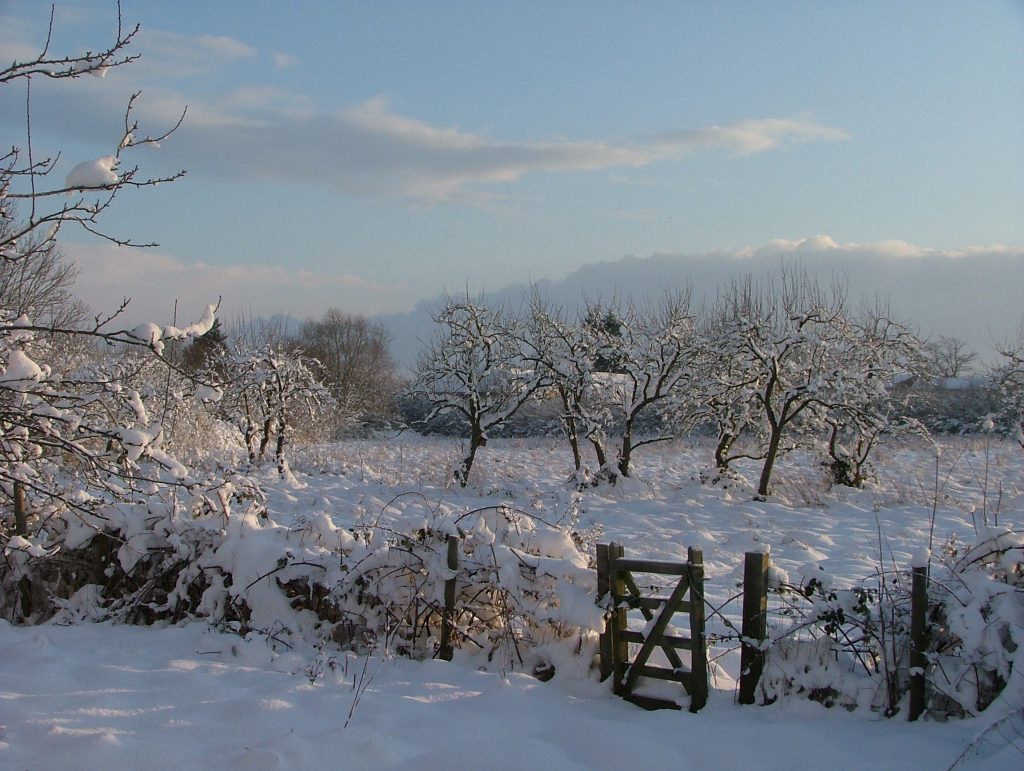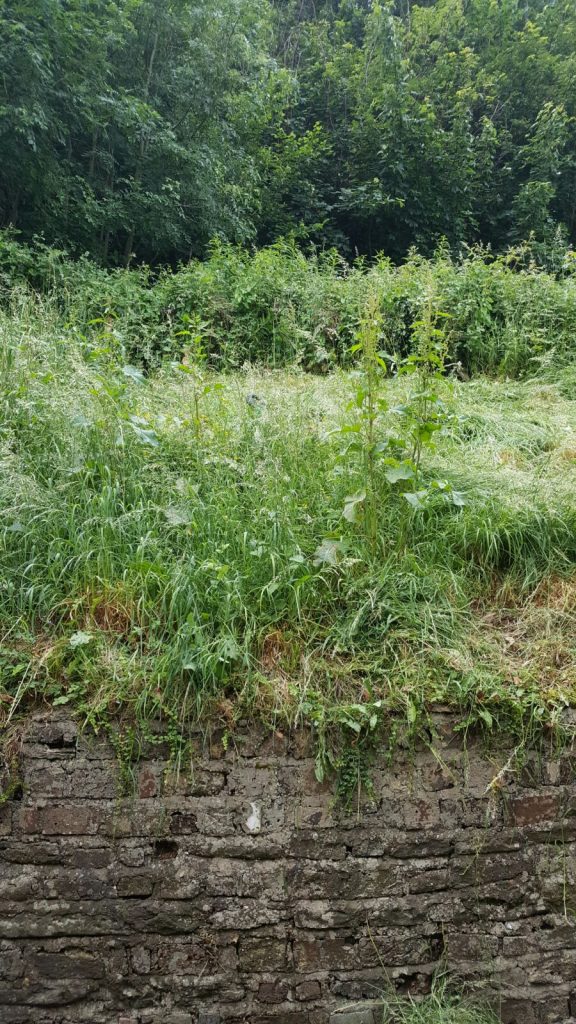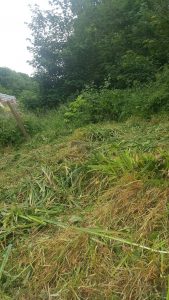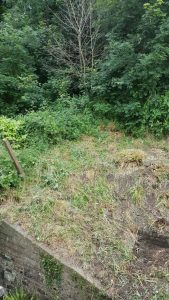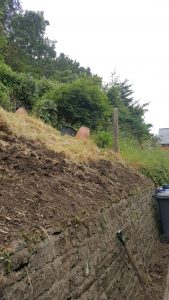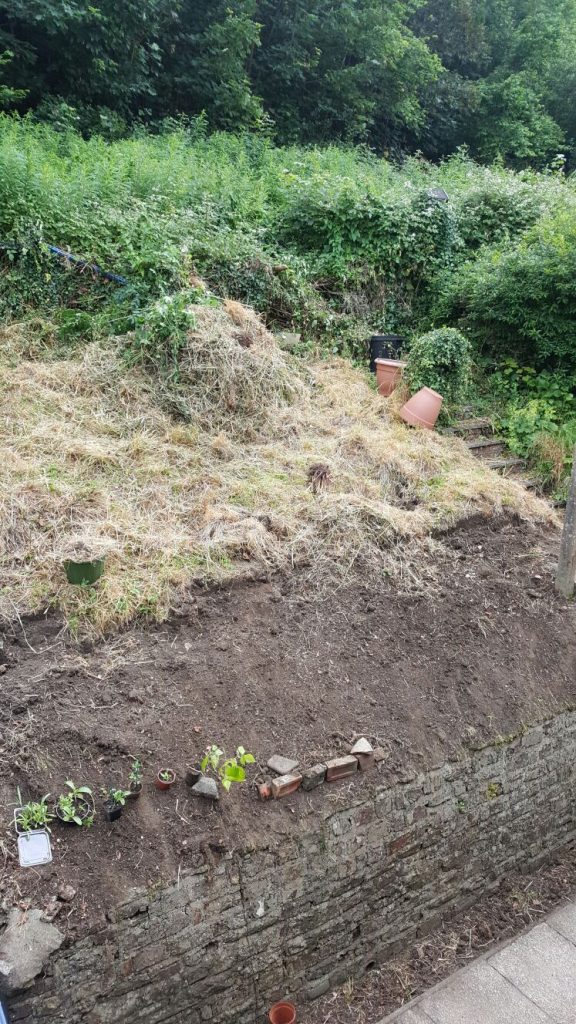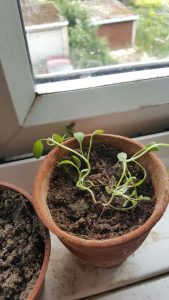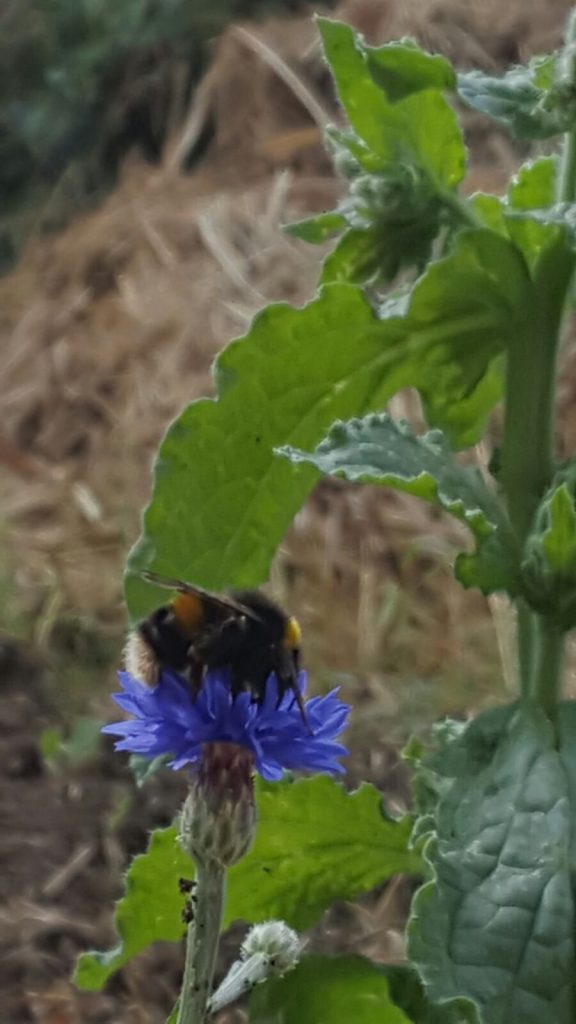Idly staring out of our bedroom window and glancing down my reaction was “oh no, not again” for there were so many bees flying round an ivy “tree” that I thought a swarm had settled in the plant growth.
On closer inspection it was clear no swarm of honey bees but a swarm of lots of species; bees, flies, wasps and even the occasional hornet. Why the feeding frenzy? One plant, Ivy, with a plethora of tiny nectar rich flowers. Standing close and attempting to take some photographs wasn’t even scary as all visitors only had one obsession, to find the flower with the fresh nectar. Or if you are a Hornet a meaty snack to carry off.
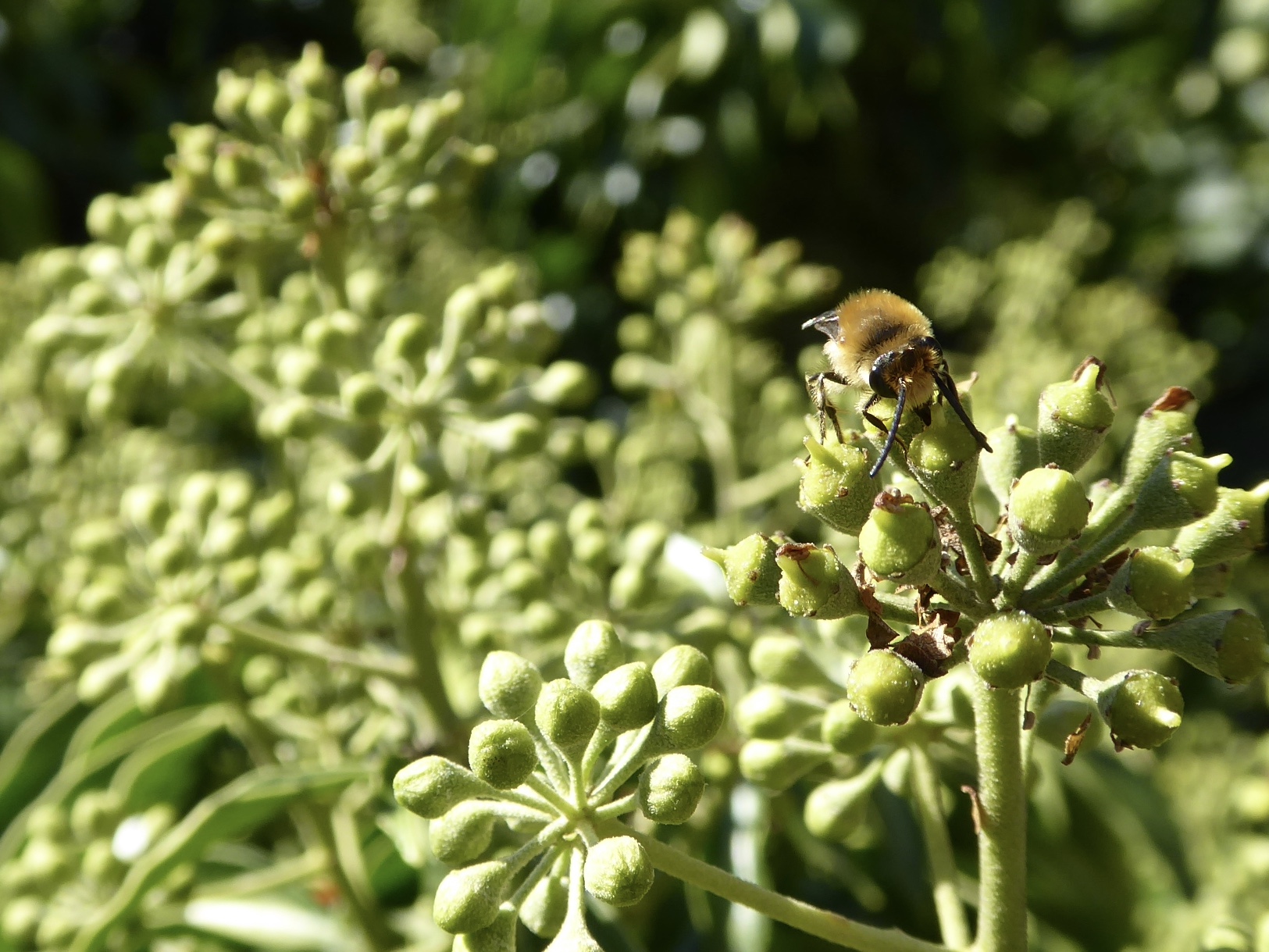
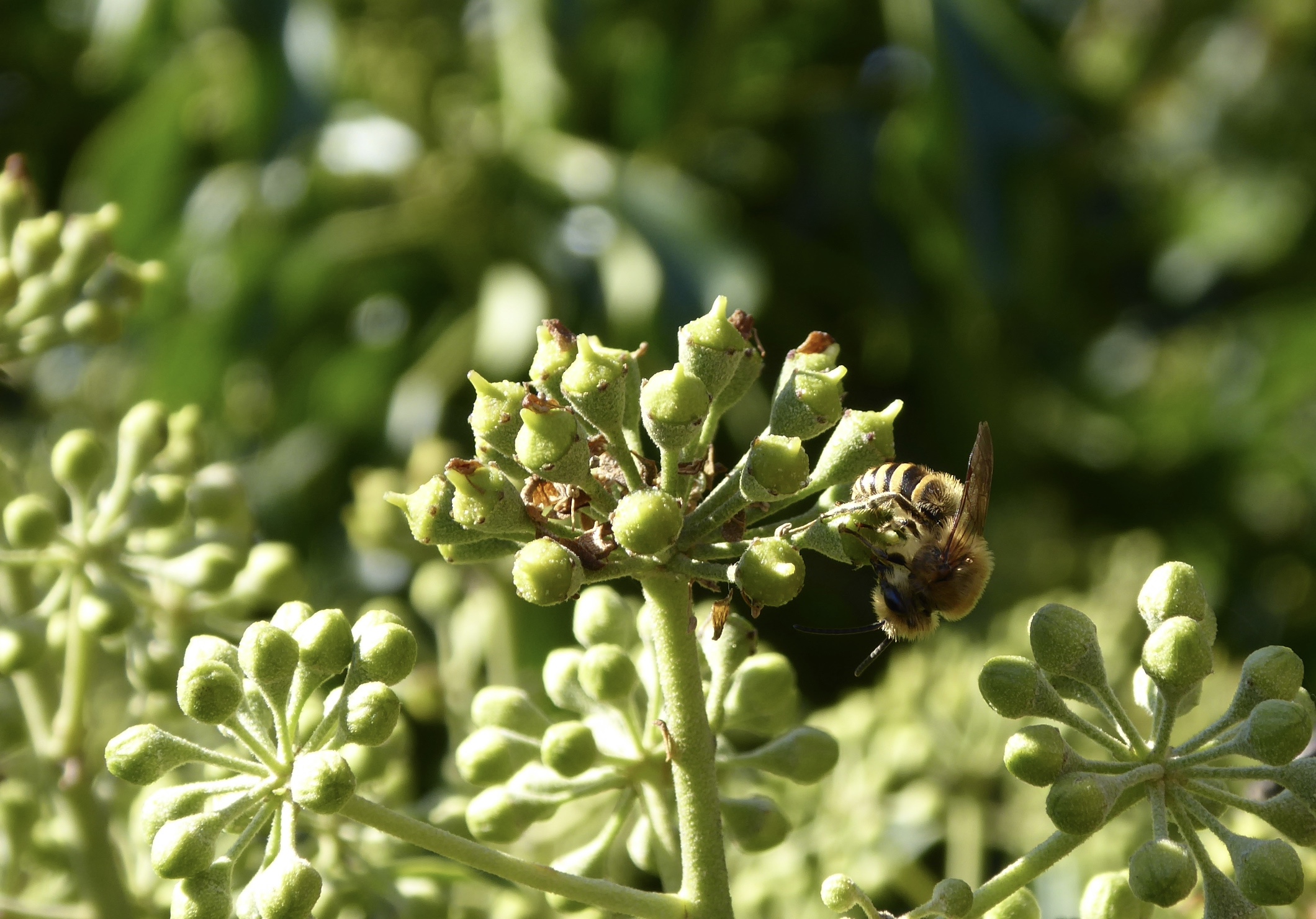
Despite the frequent bad press Ivy is seldom a villain (endangering trees by weighing them down), far from it as it provides a rich food source for many insects throughout the year. A bit like Common Gorse there always seems to be an Ivy plant in flower somewhere, even in the depths of winter. Not just a food source either, a refuge for hibernating/dormant butterflies and a preferred nest site for several species of birds, Ivy has many roles.
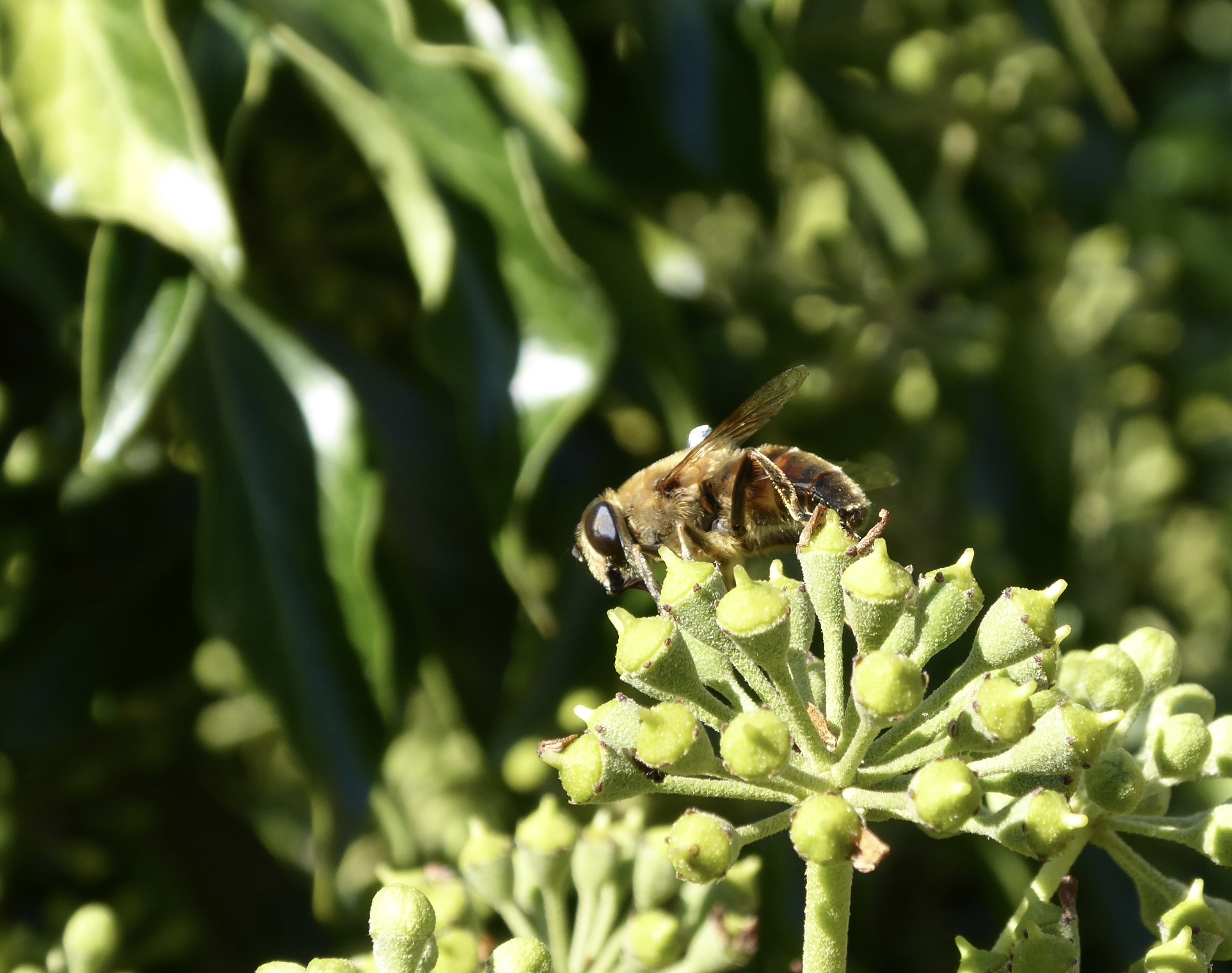
Everything was moving so quickly and I am not that good a photographer so I resorted to taking pictures of the slower guests!
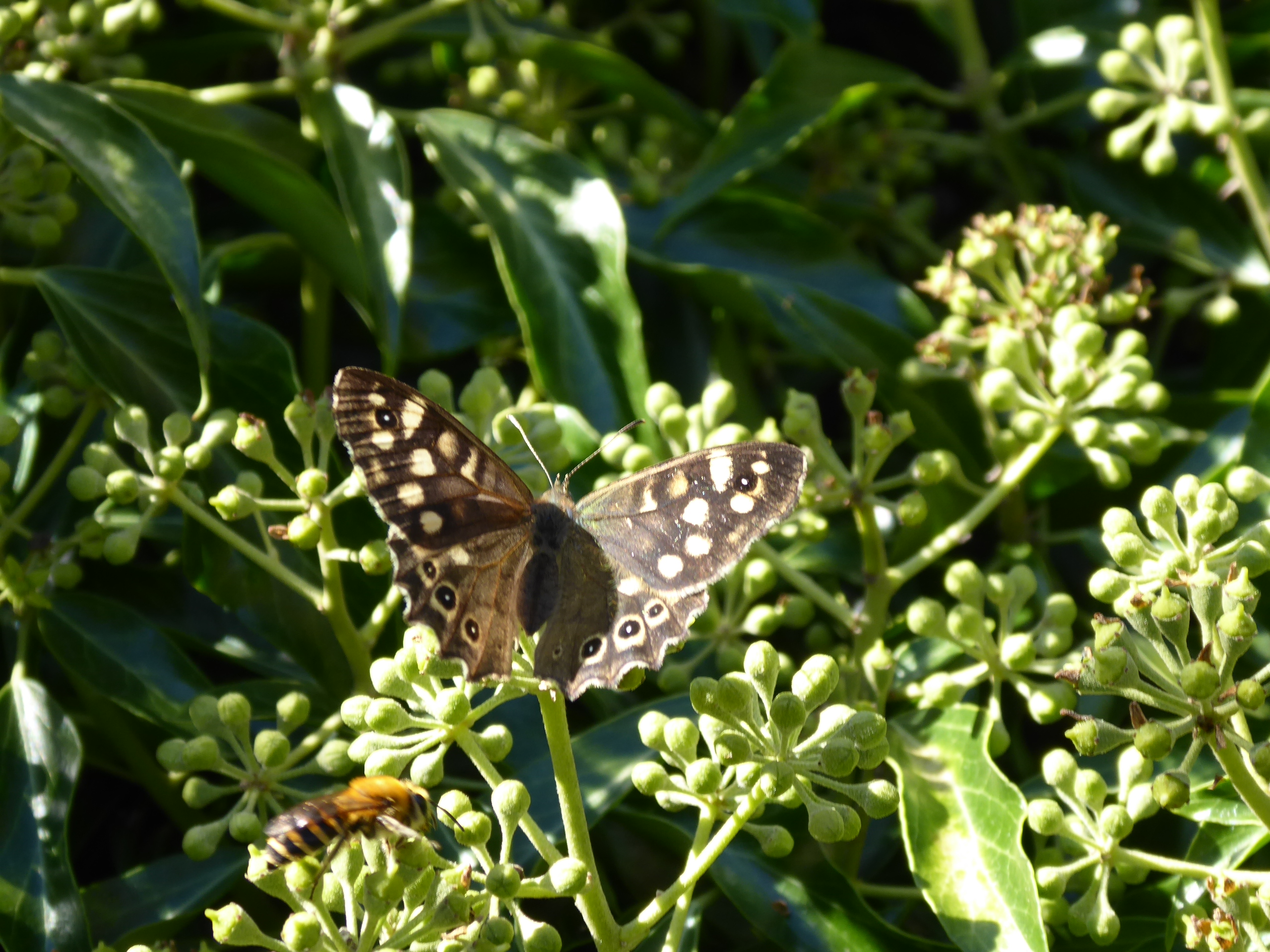
And even slower….
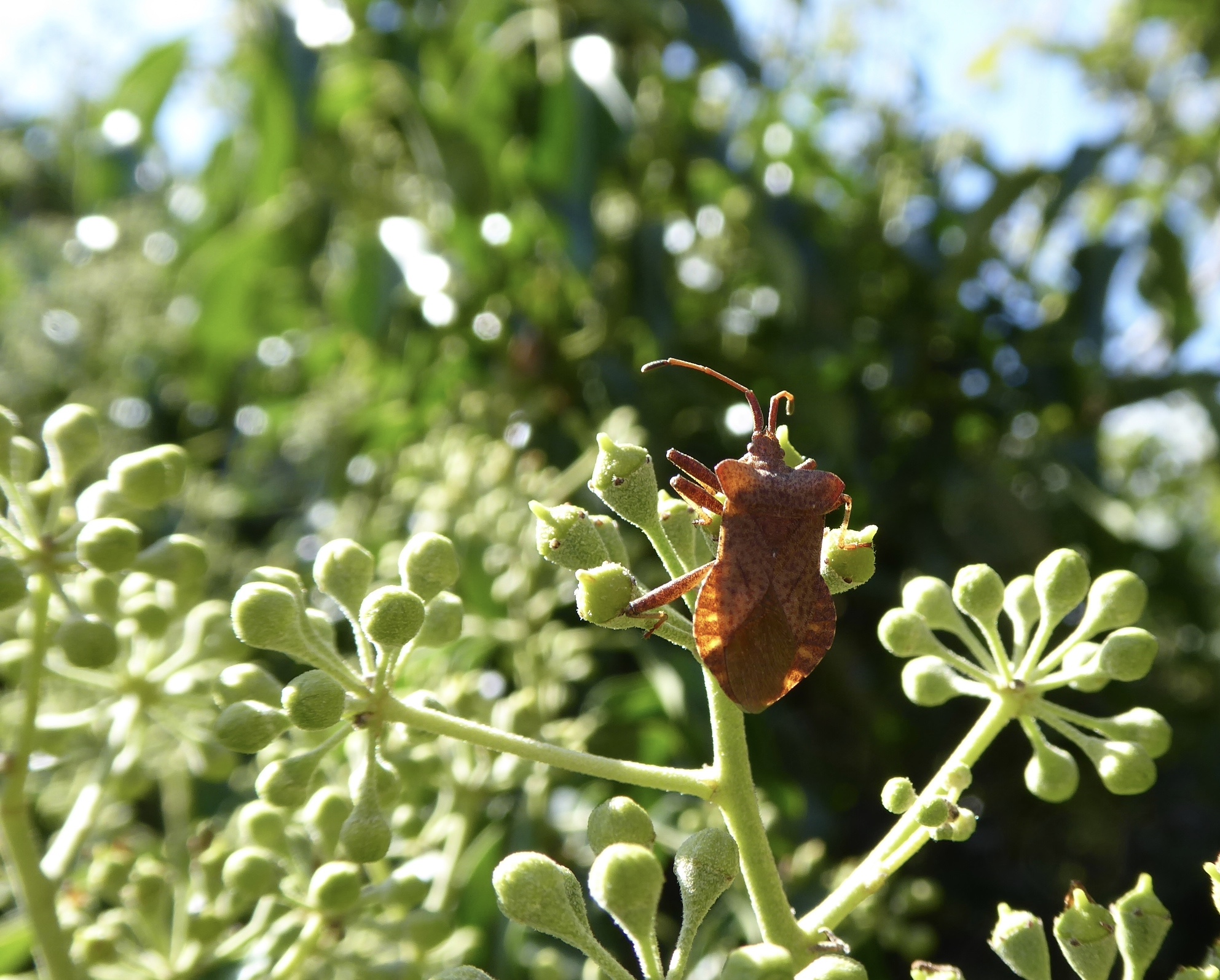
On a sunny day you really can spend hours in the company of a flowering Ivy just make sure you take plenty of patience if you intend to take pictures!

